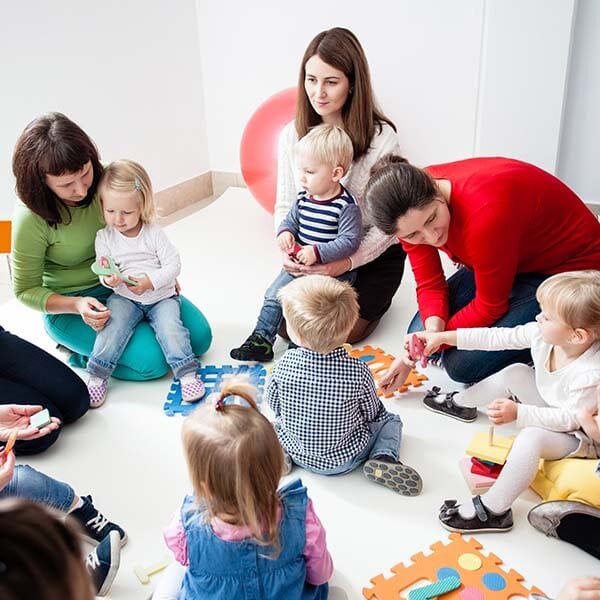What is Pediatric Occupational Therapy?
Occupational Therapy (OT) is a health profession that provides skilled treatment to help individuals achieve and maintain independence in all aspects of their lives. The primary goal of OT is to enable people to participate in the activities of everyday life. Pediatric OT focuses on the child’s independence in their occupations, such as daily living skills, play exploration and participation, education, leisure, social participation, and sleep.
Why Might My Child Need to See an Occupational Therapist?
- Delays in fine motor skills
- Help developing visual motor skills – tracking an object, hand-eye coordination
- Cognitive delays including problem-solving skills, memory, and attention
- Children with sensory integration or body regulation difficulties
- Delays in play and social interaction skills
- Help with learning basic self-care tasks, such as getting dressed
- Difficulty with bilateral coordination/upper extremity coordination
- Behavioral concerns impacting child’s ability to participate in daily activities
- Handwriting difficulties
Fine motor skills: are the ability to make movements using the small muscles in our hands and wrists. These may include:
- Academic skills including: pencil skills (scribbling, coloring, drawing, writing), scissor skills (manipulation/strength for cutting)
- Play: construction skills (using legos, duplos, train tracks), playing with small toy pieces
- Self care: dressing (zips, buttons, tying), eating (manipulating cutlery), opening/closing packages
Visual motor skills: are essential to coordinated and efficient use of the hands and eyes. Visual Motor Skills enable an individual to process information around them including the ability to observe and recognize visual information about forms, shapes, figures, and objects. These may include:
- Academic skills including: writing and cutting
- Play skills including: puzzles, sports (playing catch), stacking blocks, games such as light bright, legos or Jenga, word finds or dot-to-dots
- Self-care including: Pouring liquid from container to container, self-feeding
Sensory processing skills: Children with sensory processing difficulty cannot properly process sensory stimulation from the outside world. The bodies major sensory systems include the following: proprioceptive (body position) input, vestibular (movement) input, auditory (hearing) input, visual (sight) input, tactile (touch) input, gustatory (taste) input. Signs and symptoms of sensory regulation difficulties vary based on the age of the child and the child’s unique sensory response, but may include:
- Either be in constant motion or fatigue easily.
- Withdraw when touched.
- Refuse to eat certain foods because of how the foods feel, taste, smell, or visually appear.
- Be oversensitive to odors.
- Be sensitive to certain fabrics and only wear clothes that are soft or that they find pleasing.
- Dislike getting his or her hands dirty.
- Dislike daily living skills such as nail clipping, hair cutting, hair brushing, or bathing.
- Be uncomfortable with some movements, such as swinging, sliding, or going down ramps or other inclines. Your young child may have trouble learning to climb, go down stairs, or ride an escalator.
- Have difficulty calming after exercise or after becoming upset.
- Jump, swing, and spin excessively.
- Appear clumsy, trip easily, or have poor balance.
- Have odd posture.
- Have difficulty handling small objects such as buttons or snaps.
- Be overly sensitive to sound. Vacuum cleaners, lawn mowers, hair dryers, leaf blowers, or sirens may be upsetting.
- Lack creativity and variety in play. For instance, your child may play with the same toys in the same manner over and over or prefer only to watch TV or videos.
How To Get Started/Schedule an Appointment
Children who are experiencing any of these signs or symptoms may benefit from an occupational therapy evaluation. Please speak with your pediatrician about your concerns and contact us at Shine Therapy Services to learn more information.


